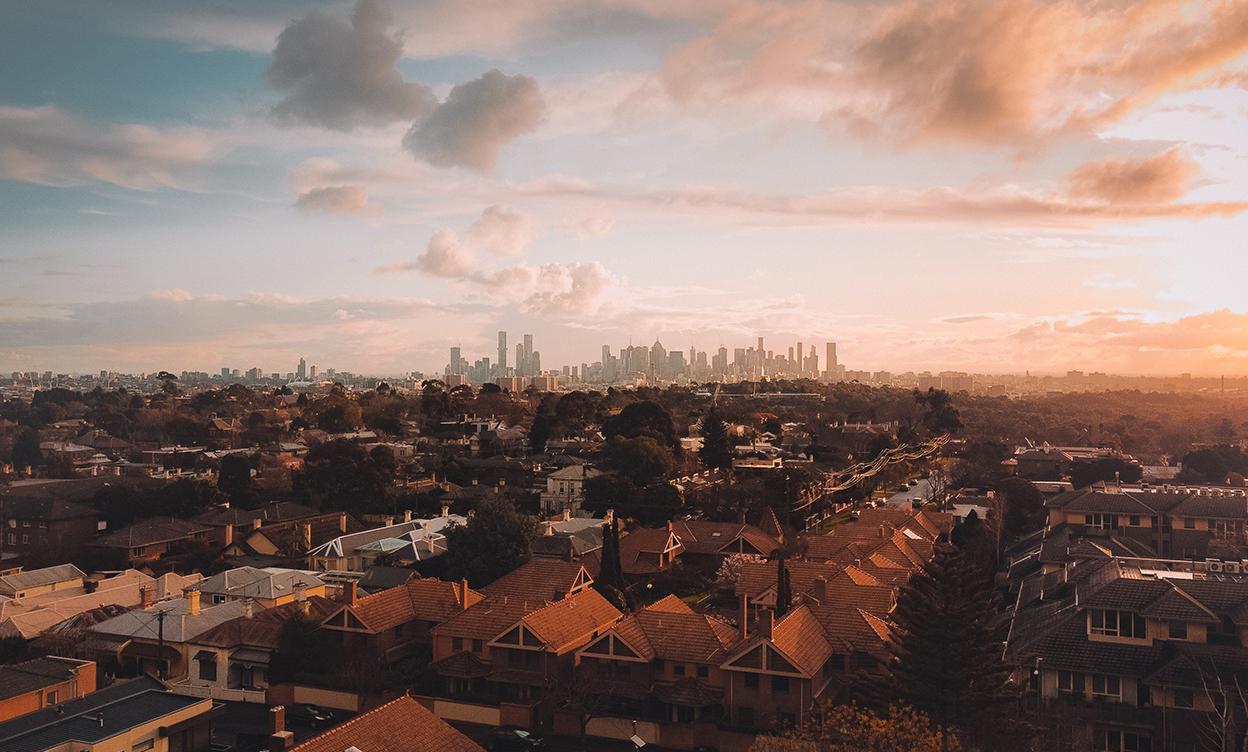
If you own a vacant residential property in Victoria, you could have a Vacant Residential Land Tax (VRLT) liability in respect of that property from next year onwards.
The VRLT is an annual tax imposed on residential property which is deemed to be ‘vacant’. The tax applies in addition to standard land tax and is based on the status of the property during the preceding calendar year. Previously it was limited to vacant properties in certain inner and middle suburbs of Melbourne, but has been expanded to apply to all residential properties in Victoria (unless an exemption applies) from 2025 onwards.
What does ‘vacant’ mean?
A property will be considered vacant for the purposes of a land tax year if it has not been used and occupied in the immediately preceding calendar year for a period of more than six months (continuously or in aggregate) by an owner or the owner’s permitted occupant as their Principal Place of Residence (PPR), or by a natural person under a lease or short-term letting arrangement.
It is not enough that the property is available for rent. Instead, the property must have actually been used and occupied for more than six months.
Due to the expansion of the VRLT to the whole of Victoria from 2025, affected properties must meet the more than six months test in the 2024 calendar year in order to avoid a VRLT charge for the 2025 land tax year.
Exemption for holiday homes
An exemption may be available for holiday homes if the property is used and occupied by the owner or a vested beneficiary of a trust as their holiday home for at least four weeks in the proceeding calendar year.
There is also currently a Bill before Parliament which, if it becomes law, will expand the holiday home exemption to include homes held by companies or trusts where certain conditions are met.
Please see the following article regarding this exemption for companies and trusts.
Calculating your VRLT liability
Unlike land tax which is imposed on the site value of the land, the VRLT is imposed on the higher Capital Improved Value (CIV) and for properties that remain vacant over consecutive years, the VRLT rate will progressively increase.
| No. of years residential property is vacant |
VRLT rate % of CIV |
| 1 year | 1.0% |
| 2nd consecutive year | 2.0% |
| 3rd consecutive year | 3.0% |
What are your obligations as an owner?
If residential property is considered vacant, the owner is required to notify the Commissioner of State Revenue (via the SRO’s online portal.) of any vacant residential property owned by 15 January of the relevant year – for example: if a residential property is vacant (as defined) in the 2024 calendar year, a notification for the purposes of the 2025 land tax year must be made by 15 January 2025.
The notification is required even if a specific exemption can apply – when completing the notification, the landowner will need to notify the SRO which exemption applies.
What to do if you are an affected owner?
There are some options to consider if you want to avoid triggering VRLT in 2025, including:
- Ensuring the property is occupied for more than six months this calendar year – whether by the owner or their permitted occupant as their PPR, or through a genuine lease to a third party;
- If the property is a holiday home, ensuring it is used by the owner or a relative for a least four weeks this calendar year; or
- Potentially selling the property prior to 31 December 2024.
Please contact Craig Whatman or Irina Tan for further information.






